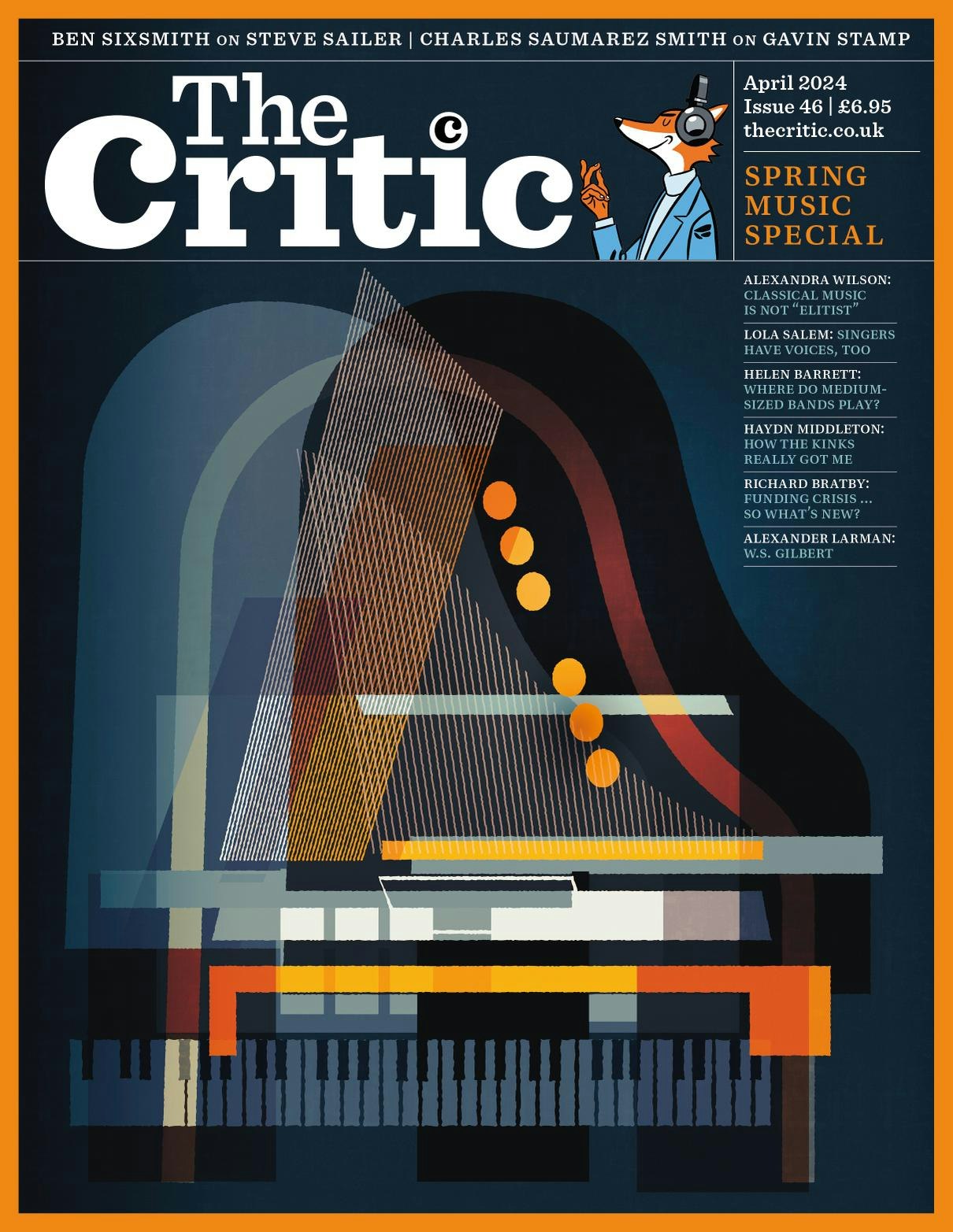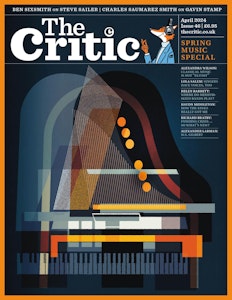When we dive into the fiction of F Scott Fitzgerald we risk being blinded. The shimmering beauty that drips from the pages shows us a world that is as richly seductive as Fitzgerald’s writing. There is always a little rot under his glossy, privileged sophisticates, and Fitzgerald is as masterful at peeling back the layers as he is at drinking jugs of gin fizz for breakfast. Still, there is as elegant grandeur in the setting, in those lavish parties where the beautiful people laze around, basking in glamour and money, from the yachts and ice palaces of his short stories in Flappers and Philosophers to the ludicrously opulent gatherings in The Great Gatsby. Why then, in stories where the lazy, idle rich take centre stage, do the women seem to be working so very hard?
What kind of life can you expect as a thoroughly modern 1920s F Scott Fitzgerald flapper? First of all you must discard any illusions that the story is about you. It isn’t. Fitzgerald only wrote books about men: men’s thoughts, men’s professional sacrifices, men coming to terms with the basic pointlessness of women, that kind of thing. Should you have any remaining uncertainty about this, here’s what he humbly said in 1922, on the subject of marrying Zelda Sayre, who he later put into a mental institution: “I married the heroine of my stories. I would not be interested in any other woman.” He went on to say that he liked the young flapper woman of 1920, “…a flirting, kissing … sort of mental baby vamp.”
To be a desirable young flapper you must possess the kind of fleeting beauty that Fitzgerald can suddenly switch off
Fitzgerald thought a woman to be in her prime at the age of nineteen. Seventeen of his works of fiction feature nineteen year old women as the principal love interest. Having reread his short stories recently, I ran out of the number of times I had to read about young women’s “childish” large eyes and baby-like “flaxen” (never “blonde”) hair. So, if you are invested in the idea of being a martini-swilling, Fitzgerald “mental baby vamp” do not have the audacity get to twenty. Female characters in their mid-twenties are distasteful to Fitzgerald; he mentions them having fine lines around their eyes in at least two of his stories. Don’t even ask about thirty-five year old women, as they mainly appear as fat dowagers with large bosoms and ice in their hearts who may as well be about ninety-two. To be a desirable young flapper you must possess the kind of fleeting beauty that F Scott Fitzgerald can suddenly switch off, like a lightbulb, on the eve of your twenty-second birthday.
Another lightbulb moment is when you realise it is not enough to a beautiful and young. It never is. You must be dishonest and materialistic too. In Fitzgerald’s 1922 novel The Beautiful and Damned, the hero Anthony first falls in love with his future wife Gloria when he sees her using her beauty to manipulate men into buying her things. Daisy marries Tom in The Great Gatsby for money. Daisy becomes a symbol of everything Gatsby cannot reach and attain, but she is also the Queen of Fitzgerald’s heroines in that she is ultimately undeserving of a man’s adoration due to her massive, snarling, grasping love of cold, hard cash and her tendency to breed idiots.
Fitzgerald ensures his heroines are stupider than the hero, so you must be content with that. He also likes his heroines to reinforce the notion to exploit dumbness and marry for money. As Daisy Buchanan reminds us in The Great Gatsby, the best thing a girl can be in this world is a “beautiful little fool”. The hero will have excelled at a wide range of academic achievements at Princeton, but as a heroine you are not required to have excelled at anything, except sitting drunk in the passenger seat of a terrifically expensive car. Cars feature in a lot of F Scott Fitzgerald’s short stories, but don’t worry about that because you won’t get to drive one. Occasionally, Fitzgerald lets his not-very-bright flapper women drive, but only when he has a tricky plot point which he decides to resolve with a massive car crash.
Fitzgerald likes his heroines to reinforce the notion to exploit dumbness and marry for money
If, after all this, you are still up for being a Fitzgerald flapper, you need to brace yourself. You will probably have to have an episode of mental breakdown, especially if you feature in one of the later novels. Whilst the glittering depths of psychological power fall to the men, I’m afraid you’ll be flapping around in the shallows, throwing yourself onto tiny French sofas in enormous Manhattan apartments until somebody puts you in a sanatorium. You can allow yourself to be distracted by the fabulous backdrops. This will help you to tolerate the drunken fights and mental madness. Fitzgerald’s heroines don’t seem to mind being gaslighted by their pseudo-psych dipsomaniac husbands, so long as it’s done in a seven bedroom villa on the French Riviera with views of the Mediterranean. In Tender is the Night the story of one character’s psychological breakdown and subsequent marriage to her mansplaining therapist dominates the bleak story. It is no surprise that this psychologically frail character is not a man. It also might not surprise you to learn that Fitzgerald plagiarised his wife’s diary for his first novel, and exploited much of her schizophrenia and psychiatric illness for his last completed novel Tender Is The Night. She tried to retaliate with an autobiographical novel of her own which she wrote in a clinic. Her husband told her she was a “third-rate writer”, which is slightly better perhaps than being a first-rate drunk.
For a man whose work seems to resonate with the syncopated jazz bugle call of the modern, Scott Fitzgerald is a priggish Victorian husband when it comes to women. He likes to admire them, adore them and then, ideally, lock them up. If your thing is to be hoisted onto a pedestal as a childlike image of romantic ideal only to be suddenly shoved off a few chapters later, then he is the man for you. You will not have autonomy, nor will you be a fully-rounded character, only a Charleston-dancing vessel into which male characters pour their lustful disdain; a syndrome of the grotesque Jazz Age that has birthed you.
By this time you are probably questioning the wisdom of living like an F Scott Fitzgerald flapper, and rightly so. But for those of you hardliners who are still up for being a mint-julep sipping metaphor of moral decay and pointless extravagance, remember this straightforward guide: don’t grow older, don’t develop your own ideas, don’t produce children who aren’t idiots, don’t stop being pretty, don’t allow yourself to drive a car and don’t forget your job is to be resented and eroticised by the male hero in equal measure. If you can make that work, you’ll do just fine. F Scott Fitzgerald’s glittering, modern Jazz Age is an age for men after all. Us beautiful little fools just have to live in it.
Enjoying The Critic online? It's even better in print
Try five issues of Britain’s newest magazine for £10
Subscribe




